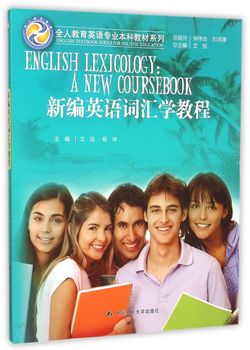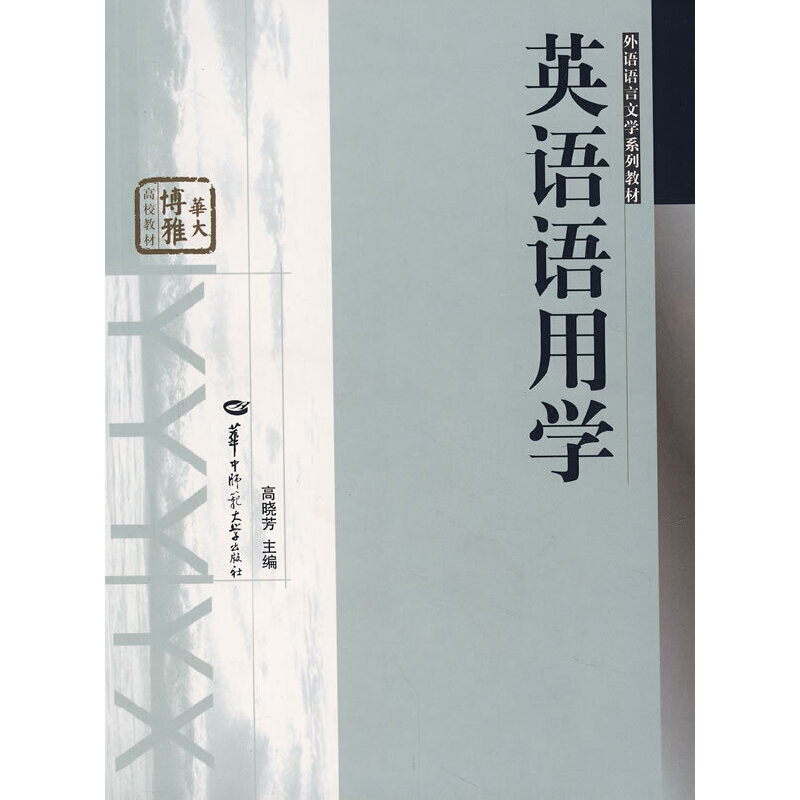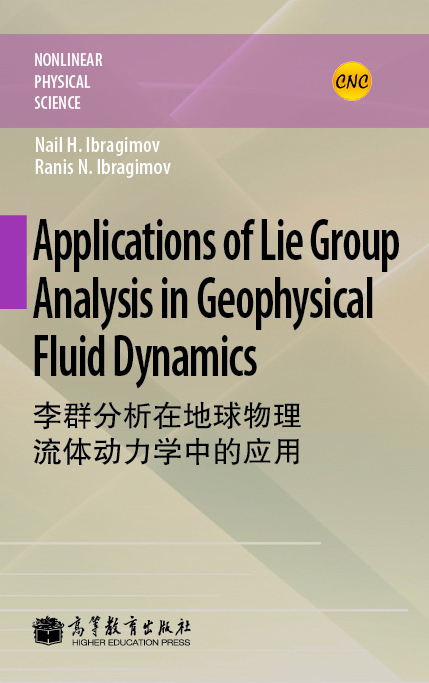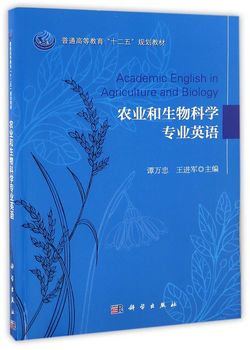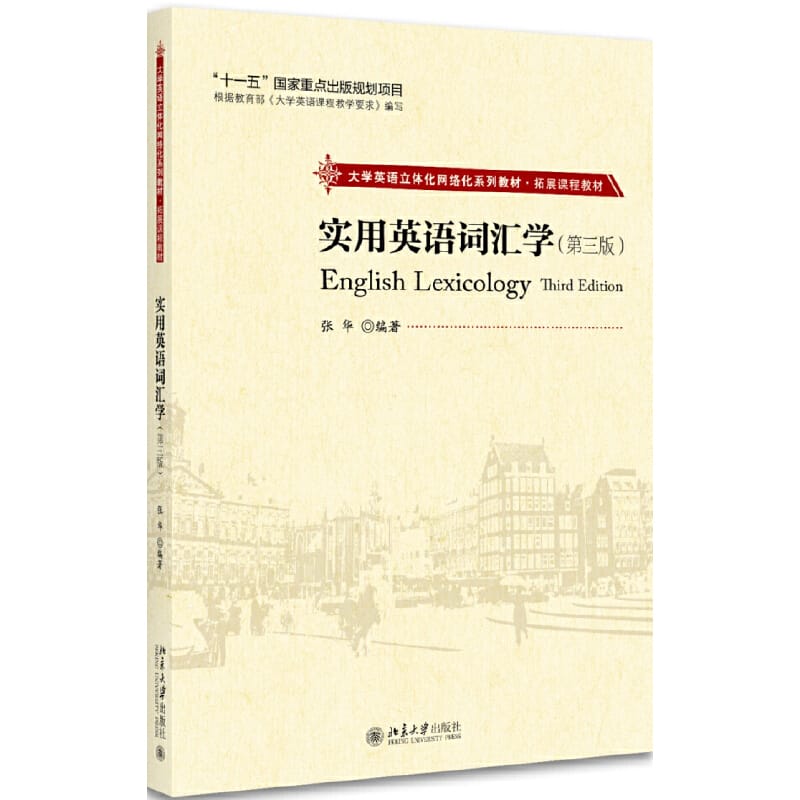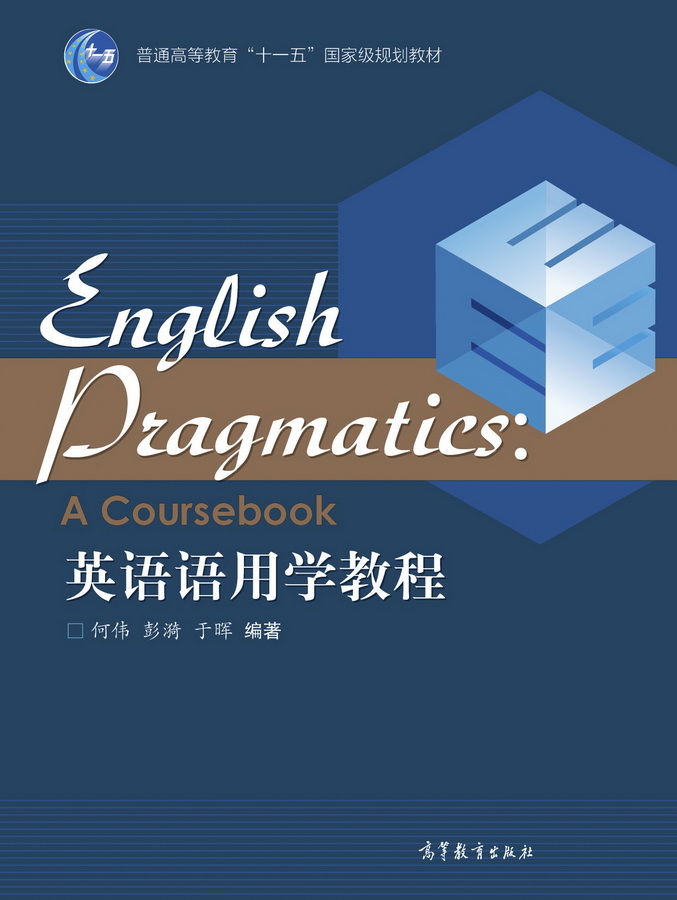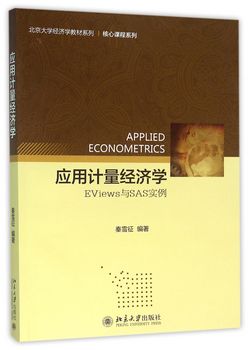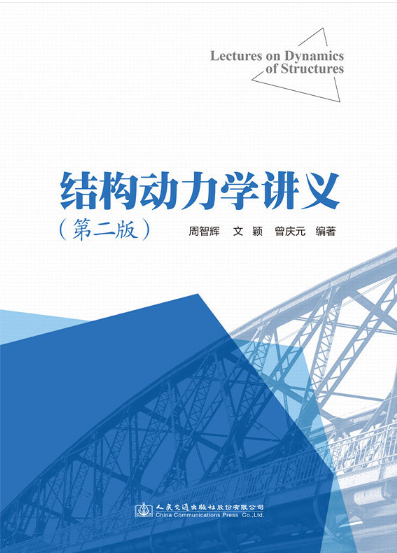新编英语词汇学教程 / 全人教育英语专业本科教材系列
定价:¥35.00
作者: 文旭,杨坤
出版时间:2015-10
出版社:中国人民大学出版社
- 中国人民大学出版社
- 9787300218656
- 59217
- 42235428-2
- 16开
- 2015-10
- 312
- H319.34
- 英语
- 本科
内容简介
文旭、杨坤编著的《新编英语词汇学教程》以英语词汇为研究对象,重在揭示现代英语词汇的一般规律,注重探讨构词法,词义关系、词义演变、成语、词汇变体和词典知识等方面的问题。通过学习本教程,学习者能够比较全面地掌握英语词汇的有关知识,比较深入地了解英语词汇的发展及历史演变等。能够对现代英语词汇发展的一般趋势和各种现象做出理论分析,从而提高运用英语的能力。本教程的编写做到理论与实践的有机结合,又兼具科学性与趣味性、经典性与前沿性。
目录
Chapter One Introduction
1.1 The Tower of Babel
1.2 Lexicology
1.2.1 What is lexicology?
1.2.2 The scope of lexicology
1.2.3 Lexicology and its related disciplines
1.3 The structure of English vocabulary
1.4 Lexical semantics
1.5 Cognitive semantics
Exercises and discussion questions
Sources and suggestions for further reading
Chapter Two The Origin of English Words
2.1 The origin of language
2.1.1 The divine-source theory
2.1.2 The natural-sound source theory
2.1.3 The oral-gesture source theory
2.1.4 The glossogenetic theory
2.1.5 The physiological-adaptation theory
2.1.6 The theory of interactions and transactions
2.2 Historical development of English vocabulary
2.2.1 The Old English Period
2.2.2 The Middle English Period
2.2.3 The Modem English Period
2.3 Sources of English vocabulary
2.3.1 The native elements
2.3.2 The foreign elements
Exercises and discussion questions
Sources and suggestions for further reading
Chapter Three Word and Morphological Structure
3.1 Defining a word
3.1.1 Word as sound unit of language
3.1.2 Word as the smallest free form of language
3.1.3 Word as building block for phrase and sentence
3.1.4 What is a word?
3.2 Word and related notions
3.2.1 Type and token
3.2.2 Word form and lexeme
3.2.3 Compound and free phrase
3.2.4 Idiom and collocation
3.3 Morphological structure of words
3.3.1 Morpheme, morph and allomorph
3.3.2 Classification of morphemes
Exercises and discussion questions
Sources and suggestions for further reading
Chapter Four Word Formation
4.1 Introduction
4.2 Root, stem and affix
4.3 Inflection and derivation
4.3.1 Inflection
4.3.2 Derivation
4.3.3 Some ordinary derivational affixes
4.4 Ordinary processes of word formation
4.4.1 Compounding
4.4.2 Conversion
4.5 Other processes of word formation
4.5.1 Clipping
4.5.2 Blending
4.5.3 Backformation
4.5.4 Acronym
4.5.5 Initialism
Exercises and discussion questions
Sources and suggestions for further reading
Chapter Five Word Meaning
5.1 The elusiveness of word meaning
5.2 Major types of meaning
5.2.1 Grammatical meaning
5.2.2 Lexical meaning
5.3 Sense and reference
5.4 Sense relations between words
5.4.1 Polysemy
5.4.2 Homonymy
5.4.3 Synonymy
5.4.4 Antonymy
5.4.5 Hyponymy
5.4.6 Meronymy
5.4.7 Semantic field
Exercises and discussion questions
Sources and suggestions for further reading
Chapter Six Major Approaches to Word Meaning
6.1 The naming theory
6.2 Componential analysis
6.3 The cognitive approach
6.3.1 The semantic triangle
6.3.2 Prototype theory
6.3.3 Levels of categorization
6.4 The pragmatic approach
6.4.1 Co-text vs. context
6.4.2 Meaning in co-text
6.4.3 Meaning in context
6.5 The stylistic approach
6.5.1 Style and stylistics
6.5.2 Stylistic meaning of words
Exercises and discussion questions
Sources and suggestions for further reading
Chapter Seven Semantic Change of Word
7.1 Change of meaning
7.2 Approaches to semantic changes: Diachronic and synchronic
7.3 Causes of semantic change: Linguistic and extra-linguistic
7.3.1 Linguistic causes
7.3.2 Extra-linguistic causes
7.4 Mechanisms of semantic change
7.4.1 Melioration vs. pejoration
7.4.2 Generalization vs. specialization
7.4.3 Subjectification
Exercises and discussion questions
Sources and suggestions for further reading
Chapter Eight Words in Action
8.1 Varieties of English words
8.1.1 Geographic vocabularies
8.1.2 Jargon (Occupational varieties)
8.1.3 Styles of vocabularies
8.2 Words in context
8.2.1 Words and context
8.2.2 The role of context in shaping Word meaning
8.2.3 Knowledge as context
8.2.4 Common knowle
1.1 The Tower of Babel
1.2 Lexicology
1.2.1 What is lexicology?
1.2.2 The scope of lexicology
1.2.3 Lexicology and its related disciplines
1.3 The structure of English vocabulary
1.4 Lexical semantics
1.5 Cognitive semantics
Exercises and discussion questions
Sources and suggestions for further reading
Chapter Two The Origin of English Words
2.1 The origin of language
2.1.1 The divine-source theory
2.1.2 The natural-sound source theory
2.1.3 The oral-gesture source theory
2.1.4 The glossogenetic theory
2.1.5 The physiological-adaptation theory
2.1.6 The theory of interactions and transactions
2.2 Historical development of English vocabulary
2.2.1 The Old English Period
2.2.2 The Middle English Period
2.2.3 The Modem English Period
2.3 Sources of English vocabulary
2.3.1 The native elements
2.3.2 The foreign elements
Exercises and discussion questions
Sources and suggestions for further reading
Chapter Three Word and Morphological Structure
3.1 Defining a word
3.1.1 Word as sound unit of language
3.1.2 Word as the smallest free form of language
3.1.3 Word as building block for phrase and sentence
3.1.4 What is a word?
3.2 Word and related notions
3.2.1 Type and token
3.2.2 Word form and lexeme
3.2.3 Compound and free phrase
3.2.4 Idiom and collocation
3.3 Morphological structure of words
3.3.1 Morpheme, morph and allomorph
3.3.2 Classification of morphemes
Exercises and discussion questions
Sources and suggestions for further reading
Chapter Four Word Formation
4.1 Introduction
4.2 Root, stem and affix
4.3 Inflection and derivation
4.3.1 Inflection
4.3.2 Derivation
4.3.3 Some ordinary derivational affixes
4.4 Ordinary processes of word formation
4.4.1 Compounding
4.4.2 Conversion
4.5 Other processes of word formation
4.5.1 Clipping
4.5.2 Blending
4.5.3 Backformation
4.5.4 Acronym
4.5.5 Initialism
Exercises and discussion questions
Sources and suggestions for further reading
Chapter Five Word Meaning
5.1 The elusiveness of word meaning
5.2 Major types of meaning
5.2.1 Grammatical meaning
5.2.2 Lexical meaning
5.3 Sense and reference
5.4 Sense relations between words
5.4.1 Polysemy
5.4.2 Homonymy
5.4.3 Synonymy
5.4.4 Antonymy
5.4.5 Hyponymy
5.4.6 Meronymy
5.4.7 Semantic field
Exercises and discussion questions
Sources and suggestions for further reading
Chapter Six Major Approaches to Word Meaning
6.1 The naming theory
6.2 Componential analysis
6.3 The cognitive approach
6.3.1 The semantic triangle
6.3.2 Prototype theory
6.3.3 Levels of categorization
6.4 The pragmatic approach
6.4.1 Co-text vs. context
6.4.2 Meaning in co-text
6.4.3 Meaning in context
6.5 The stylistic approach
6.5.1 Style and stylistics
6.5.2 Stylistic meaning of words
Exercises and discussion questions
Sources and suggestions for further reading
Chapter Seven Semantic Change of Word
7.1 Change of meaning
7.2 Approaches to semantic changes: Diachronic and synchronic
7.3 Causes of semantic change: Linguistic and extra-linguistic
7.3.1 Linguistic causes
7.3.2 Extra-linguistic causes
7.4 Mechanisms of semantic change
7.4.1 Melioration vs. pejoration
7.4.2 Generalization vs. specialization
7.4.3 Subjectification
Exercises and discussion questions
Sources and suggestions for further reading
Chapter Eight Words in Action
8.1 Varieties of English words
8.1.1 Geographic vocabularies
8.1.2 Jargon (Occupational varieties)
8.1.3 Styles of vocabularies
8.2 Words in context
8.2.1 Words and context
8.2.2 The role of context in shaping Word meaning
8.2.3 Knowledge as context
8.2.4 Common knowle

